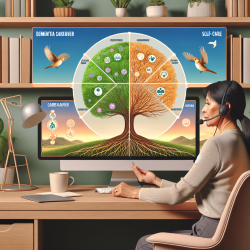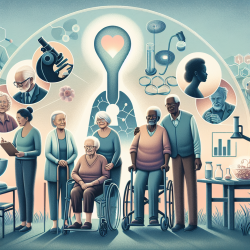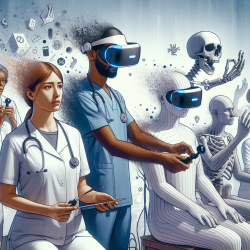Introduction
In the realm of speech-language pathology, the pursuit of innovative methods to support children with communication challenges is a constant endeavor. One such promising innovation is the use of brain-computer interfaces (BCIs), specifically those utilizing near-infrared spectroscopy (NIRS). A recent study titled Correlates of Near-Infrared Spectroscopy Brain–Computer Interface Accuracy in a Multi-Class Personalization Framework explores the potential of personalized NIRS-BCIs, offering insights that could revolutionize therapeutic approaches.
Understanding NIRS-BCIs
BCIs provide a means for individuals to interact with computers using only neural activity. NIRS, a non-invasive method, measures changes in blood oxygenation in the brain, reflecting neural activity. This study focuses on using personalized mental tasks to enhance BCI accuracy, moving beyond binary classifications to multi-class frameworks, which could significantly enhance communication pathways for children with severe motor impairments.
Key Findings and Implications
The study found that personalized mental tasks significantly improved BCI accuracy. Participants achieved average accuracies of 78% for two-class problems, with some reaching over 70% accuracy in three-class tasks. This personalization approach allows for the selection of tasks that best suit individual users, acknowledging the variability in brain activation across different tasks.
Correlation with User Characteristics
Interestingly, the study identified correlations between BCI accuracy and user characteristics. Higher accuracy was associated with increased ease of session, concentration, and enjoyment, while a negative correlation was found with verbal IQ. These findings suggest that user engagement and task enjoyment are critical factors in optimizing BCI performance.
Applications in Speech-Language Pathology
For practitioners in speech-language pathology, these findings offer a pathway to more personalized and effective interventions. By integrating personalized NIRS-BCIs, therapists can tailor tasks to each child's unique neural responses, potentially enhancing communication outcomes. This technology could be particularly beneficial for children with motor impairments, providing them with new avenues for interaction and expression.
Encouraging Further Research
While the study presents promising results, further research is needed to explore the application of NIRS-BCIs in diverse populations and real-world settings. Practitioners are encouraged to stay informed about advancements in this field and consider participating in research to contribute to the development of these technologies.
To read the original research paper, please follow this link: Correlates of Near-Infrared Spectroscopy Brain–Computer Interface Accuracy in a Multi-Class Personalization Framework.










